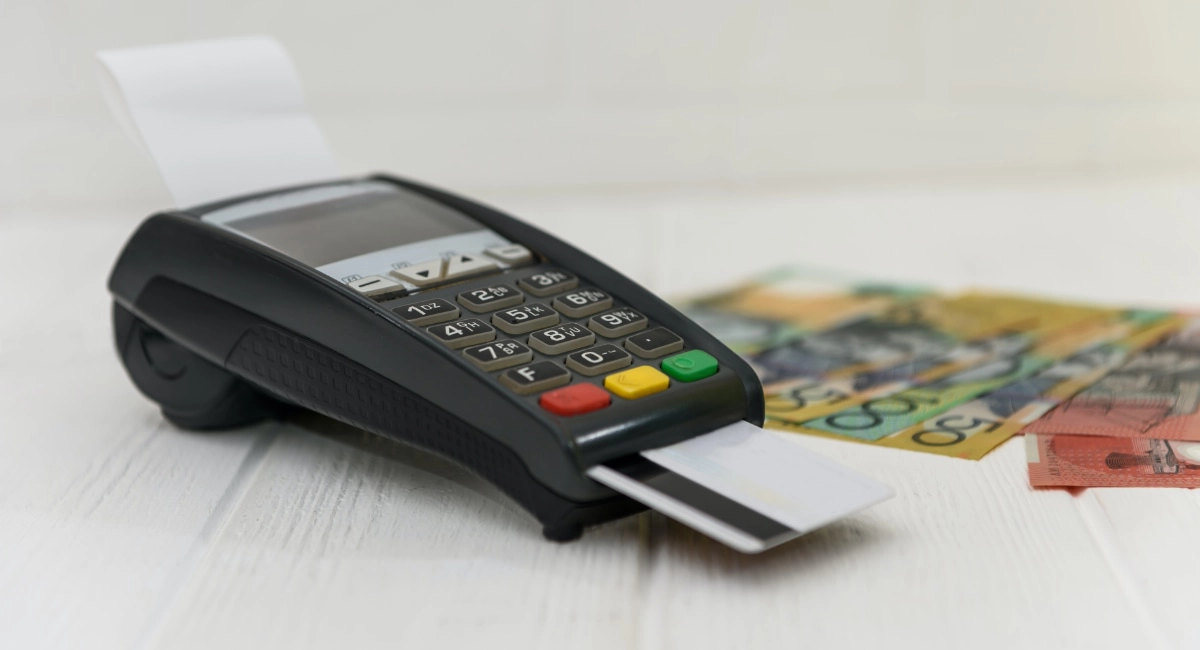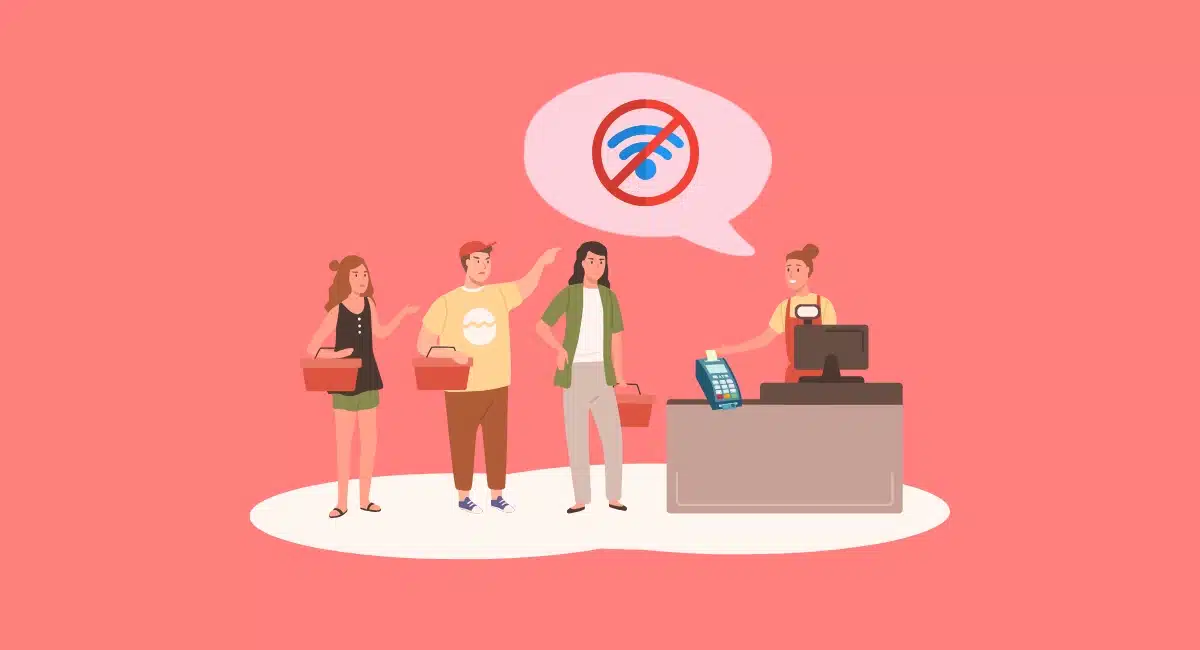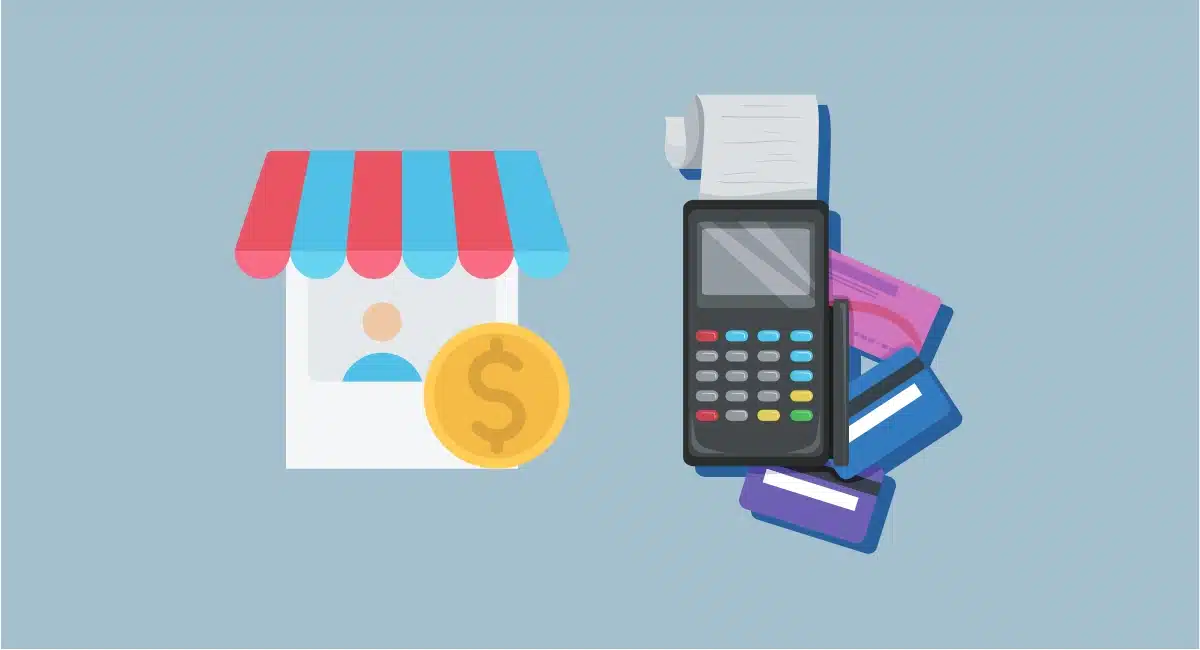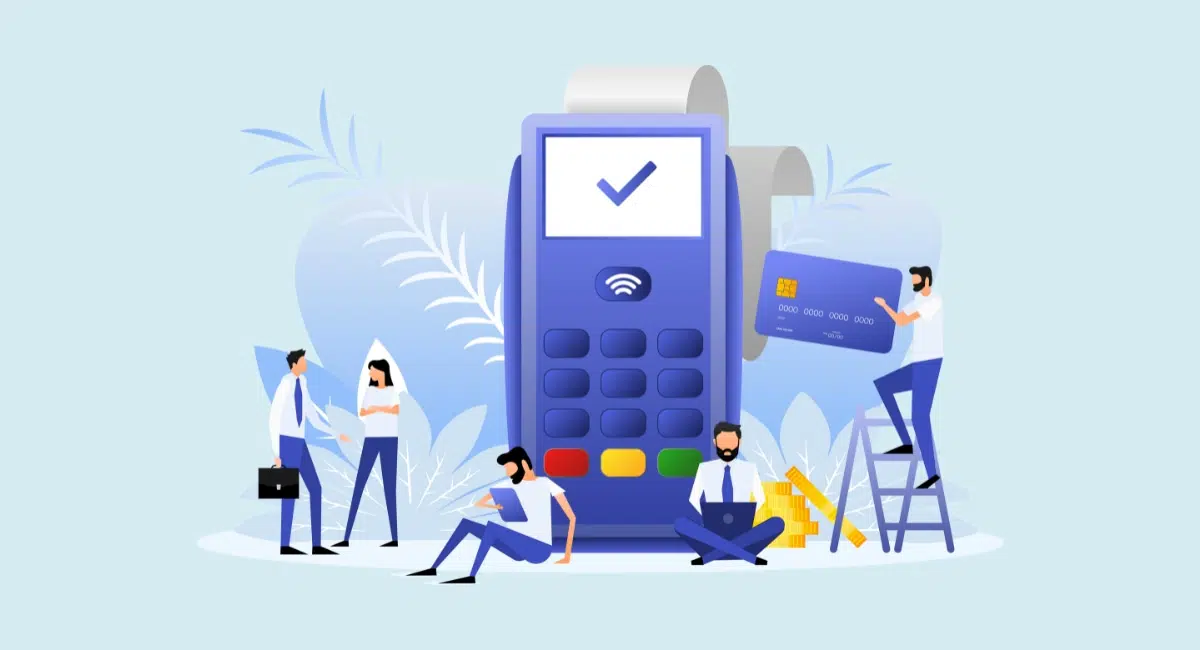Are EFTPOS surcharges legal? The short answer is yes, currently – but probably not for much longer. And there are rules around surcharging that apply.
At the moment, merchants cannot charge more than what they pay in transaction fees. You can either charge differing amounts in EFTPOS fees or choose a fixed percentage/amount for all card payments.
You also have to be transparent about these fees upfront to your customers in line with Australian Consumer Law provisions.
First, let’s look at the upcoming surcharge changes we can expect soon, then the surcharge laws and how to calculate them.
Surcharging expected to be phased out from 2026
This year, the Reserve Bank of Australia (RBA) has proposed to ban surcharging on debit and credit card transactions from July 2026. The specifics and exact timeline of the phaseout will be decided by the end of 2025.
Along with this, the RBA wants to lower merchant fees on card transactions and force payment providers to be more transparent about costs.
Overall, this should mean businesses will pay less to accept cards, and the intention is consumers don’t get penalised with merchants raising their prices to compensate for losing the surcharge income.
But as of 2025, surcharging is still legal in Australia. Let’s look at the current rules.
Card surcharge rules in brief
The regulations around surcharges in Australia are fairly strict. The following three rules have been set by the RBA:
Surcharges should not cover general card payment costs like EFTPOS machine rental or merchant contracts applicable to all the card types. The additional costs mentioned in the first rule above only refer to a few things like fraud prevention services and gateway fees for specific card schemes.
These rules also apply to so-called “service fees”, “handling fees” or similar that are clearly a different name for surcharges. ACCC will investigate businesses that disguise excessive surcharges in this way.
Card schemes (such as Visa, Mastercard or American Express) cannot prevent merchants from adding a surcharge to recover the cost of transaction fees. However, they can still try to make sure the surcharge does not exceed the merchant’s transaction fees.
Which card payments do the rules apply to?
In Australia, you’re allowed to add a surcharge on any card payment, in person or online.
However, the excessive card surcharge ban only applies to the following card systems:
Payment systems not covered by the surcharge restrictions include Diners Club, UnionPay, Amex cards issued directly by American Express, BPAY and PayPal.
Still, these brands may still have their own surcharge rules. We recommend checking their terms before setting a higher surcharge for them.
The surcharge rules do not apply to taxi drivers, as this industry is already regulated by territory and state authorities.
See also: How does the eftpos system work?
What if the merchant doesn’t let customers avoid a surcharge?
What if a merchant doesn’t accept cash or other payment method than cards (with a surcharge)?
If no alternative payment methods are available, and the surcharge on the EFTPOS machine can’t be avoided, merchants must prominently display the full price of goods including the minimum available surcharge. That’s because customers in this case never pay just the product price, so it would be misleading to omit the extra fee.
Essentially, you build the surcharge into the product price, which is what some businesses choose to do anyway to avoid complications.
How to set your surcharge
If the surcharge is limited to the maximum amount you’re paying in card fees, what should you charge customers as a new business with no history of card payments? And what if you accept several card brands with varying transaction fees?
Setting a single rate for all payments
It’s easiest to charge one fee for all card payments. In this case, you must limit the rate to the average acceptance cost of the cheapest card.
For example, if your average fee is 2.6% for Amex, 1.5% for Visa Credit and 1% for Visa Debit cards, and these are the only cards you accept, your fixed-level surcharge cannot exceed 1% (to match the low Visa Debit rate).
You are not allowed to set one surcharge for all card payments based on the average transaction cost of the card types.
So even though the average fee for the above-mentioned Amex, Visa Credit and Visa Debit is 1.7%, you can still only charge 1% for all payments if using one rate.
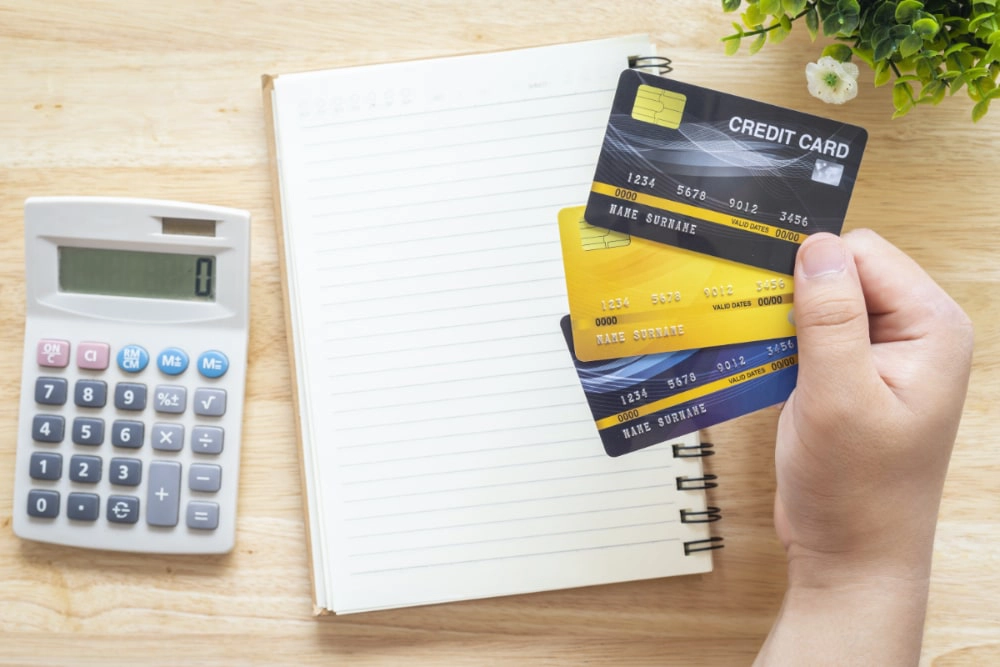
It’s important to set your surcharge fees in accordance with regulations.
Setting variable rates
Alternatively, you can set a different surcharge per card type, matching the average transaction cost of the individual card systems.
This covers transaction costs in full instead of just the level equivalent to the cheapest card system.
Setting a flat fee
What about setting a flat fee instead of a percentage? This could be okay if the card transactions mainly incur fixed amounts, but most cost a percentage rate these days.
You could be surcharging excessively by charging 40¢ on top of a $4 coffee, which would be 10% of the product price. That’s is exactly what the RBA is trying to prevent with the cap on surcharge fees.
Where do you begin?
New businesses with no history of card payments are allowed to make a reasonable estimate to begin with. After your first statement of card payment fees, you can adjust the surcharge to more accurately match those rates.
One of the least complicated ways to surcharge is to choose an EFTPOS machine with one fixed rate for any card. You would then choose that rate as a surcharge on all card transactions.

